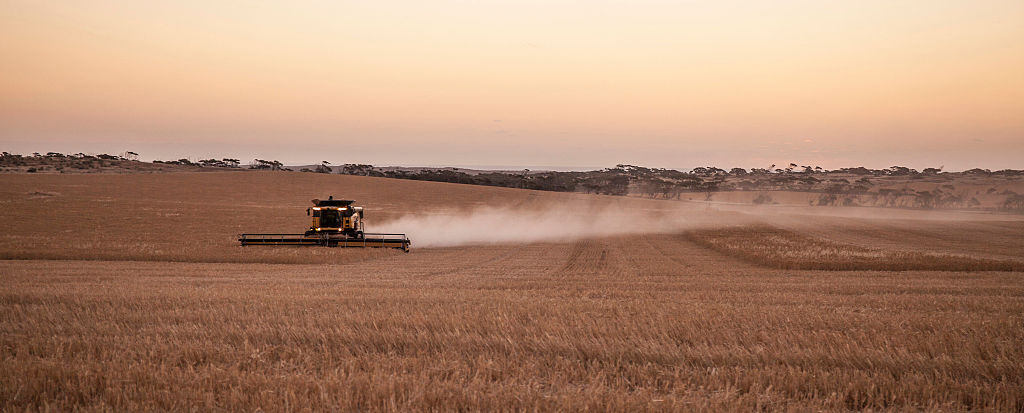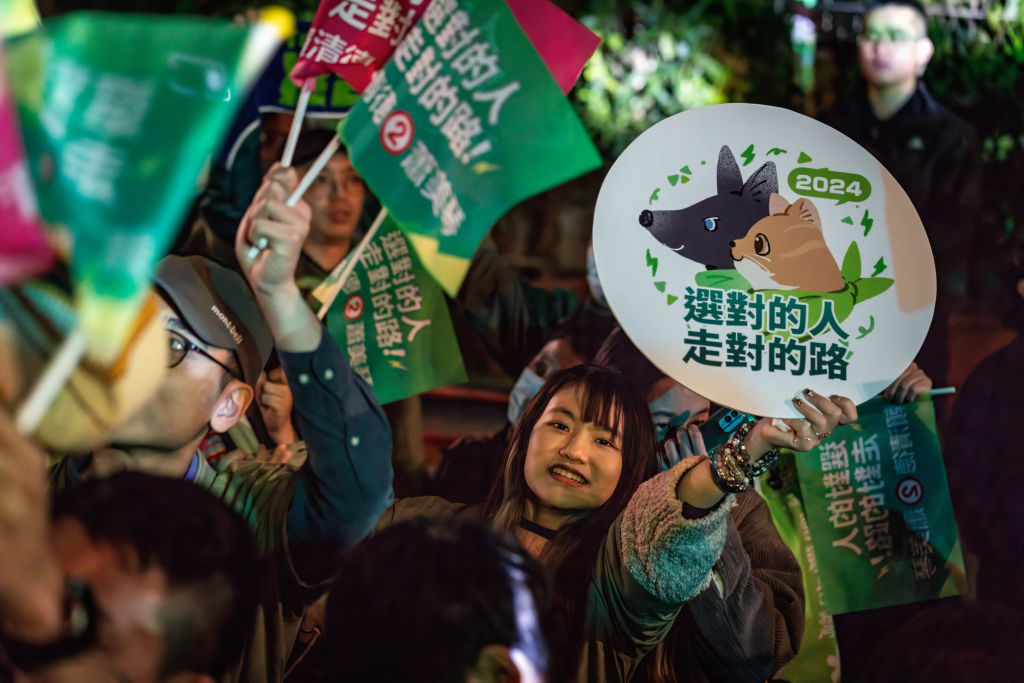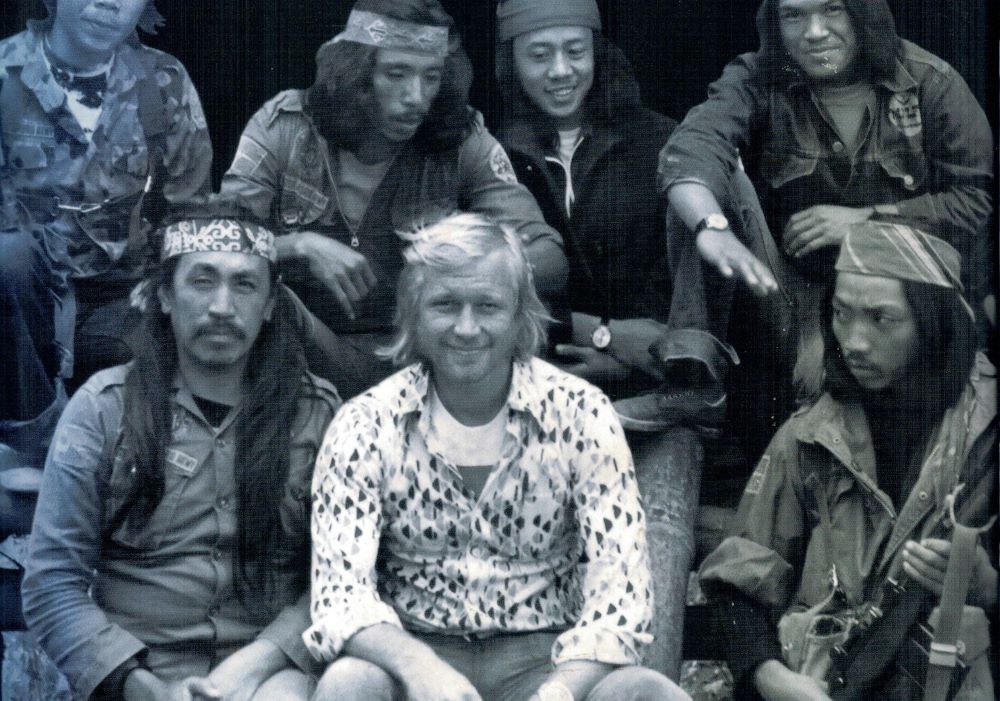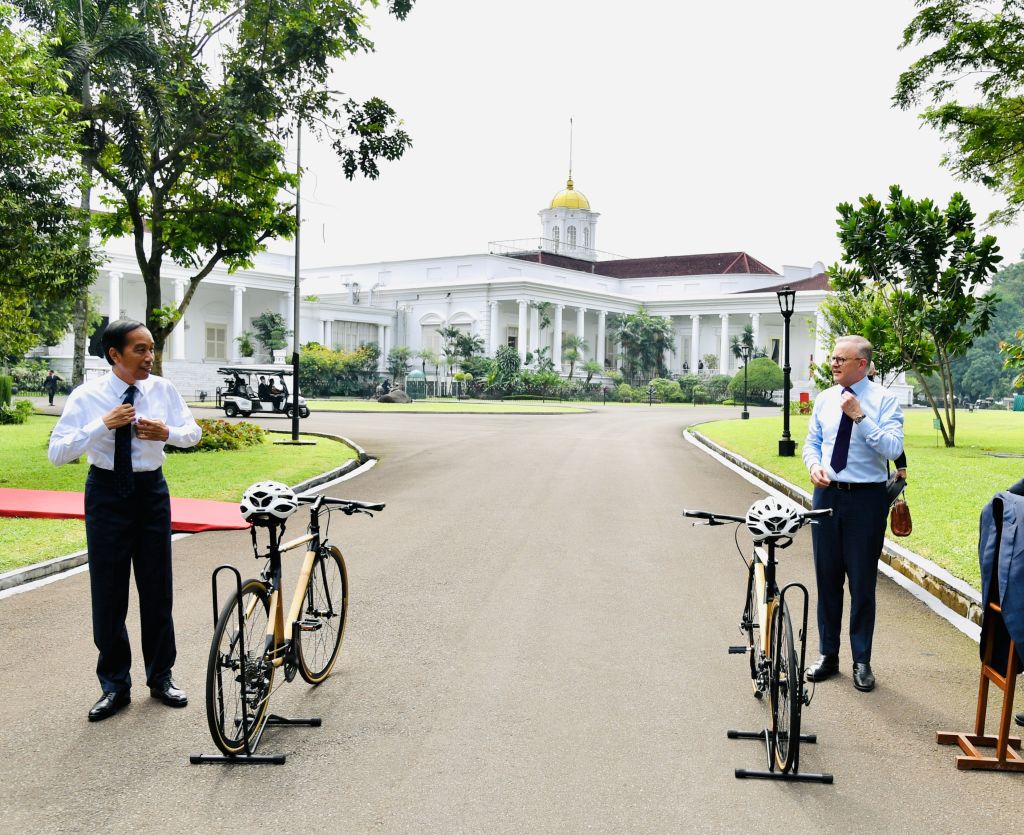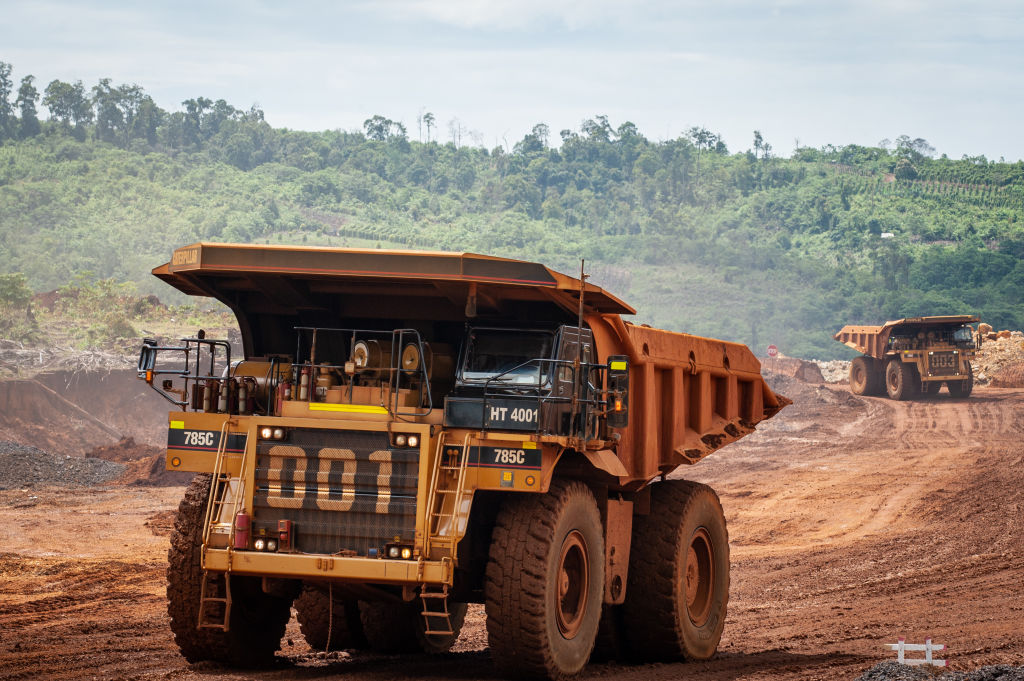The outlook for Prabowo’s defence and foreign policy—and his choice of ministers

Prabowo Subianto, who will assume Indonesia’s presidency on 20 October, will be much more his own defence and foreign minister than was his predecessor, Joko Widodo (Jokowi). And he’s likely to rebalance policy in favour of national security over economic development.
But the ministers who take those portfolios will also exercise great influence, and Prabowo’s choices for the position are key issues for Australia.
Given his strong interest in foreign affairs and national security, Prabowo has been vocal about his views. He believes in the importance of military strength and that national security is integral to economic prosperity. As Indonesia’s current defence minister, he spearheaded efforts to modernise the military. As president, he aims to continue that focus, working towards boosting the defence budget from 0.7 to 1.5 percent of GDP by 2029, building indigenous defence capabilities, boosting technology transfer and facilitating joint production deals with partners such as France and South Korea.
While he had not expressed a foreign policy vision too distinct from his predecessors’, as defence minister he was also more understanding of Australia’s decision to enter into the AUKUS arrangement. This was in contrast to the concern expressed by the foreign ministry that AUKUS would feed into a regional arms race. In the past, he has also criticised the Jokowi government’s response to Chinese incursions into the Natuna Sea and the use of Chinese labourers in Indonesian infrastructure projects, though he also has demonstrated an ability to look the other way on China.
A president’s interest in foreign affairs and national security will not necessarily shift Indonesia’s foreign policy orientation. But it may help to address a longstanding issue with the absence of a centralised hub on foreign and defence policy under Jokowi. Jokowi’s lack of interest on foreign affairs led to fragmented policy execution, as his own disinterest facilitated bureaucratic competition.
But the ministers under Prabowo will not be passive implementors. While they will take guidance from him, they will be tasked with the tough challenge of managing the expectations of both the president and the ministries and agencies that they lead.
While many ministerial posts are being given to coalition partners, Jokowi is likely to appoint close confidants to the key four offices of the state: minister of home affairs, minister of foreign affairs, minister of defence and minister of finance.
On foreign affairs, the two leading candidates are Sugiono and Meutya Hafid, both of whom accompanied Prabowo during his August trip to Canberra. Sugiono is currently one of the deputy chairs of the First Commission of the House of Representatives, which deals with foreign policy, defence and security issues. The low-profile Sugiono is a longtime Prabowo loyalist and a Gerindra party stalwart.
Meutya Hafid chairs the First Commission. A journalist-turned-politician, she became an Indonesian household name after being kidnapped by Jaish al-Mujahidin in Iraq in 2005. Since 2019, her role as First Commission chair has afforded her the opportunity to lead the commission’s agenda to scrutinise the Jokowi government’s foreign and defence policy. She is also an alumna of the University of New South Wales, so she has a direct link with Australia.
Another candidate who is not a career diplomat is Fadli Zon, a prominent culturalist and parliamentarian who has been a close confidant of Prabowo’s going back to the 1990s. Fadli is known for his fiery and nationalist rhetoric, having raised concerns associated with the Jokowi government’s deepening economic engagement of China and its handling of the South China Sea disputes, particularly during Jokowi’s first term, when Prabowo was in opposition.
Other potential candidates for foreign minister include career diplomats Arif Havas Oegresono and Abdul Kadir Jailani, ambassador to Germany and director general for Asia-Pacific and African Affairs respectively. Indonesia’s permanent representative at the United Nations, Arrmanatha Nasir, is also known to be in the running. Even if these individuals do not become foreign minister, one may become vice-foreign minister, given that their bureaucratic and diplomatic experiences are crucial to support a ministerial appointee from outside the foreign ministry.
Any non-diplomat who became foreign minister would be the first to do so since 2001.
None of these candidates has proposed a distinctive vision of Indonesia’s foreign policy publicly, and it remains unlikely that we will see a strong departure in Indonesia’s approach—unless Prabowo demands it.
He is also likely to appoint a close confidant as minister of defence, who will need to administer and manage Prabowo’s ambitious goals for the armed services during his presidency.
The leading candidate for defence minister is Sjafrie Sjamsoeddin, who served as vice-defence minister under President Susilo Bambang Yudhoyono. Sjafrie, a close associate and former military academy classmate of Prabowo, has been an adviser to the incoming president during Prabowo’s stint as defence minister. Privately, Sjafrie has already been introduced to some foreign leaders as a prospective defence minister. However, there is also the possibility that Sjafrie may be assigned to other important roles in government, such as minister of the state secretariat or head of national intelligence.
Other potential candidates for defence minister are Lieutenant General Muhammad Herindra and Air Marshal Donny Ermawan, who are deputy minister of defence and secretary-general of the Ministry of Defence, respectively. Both have worked closely with Prabowo and have been instrumental in implementing his vision for defence.
Making predictions is always risky. We are less than a month from Prabowo’s inauguration, and the horse-trading is likely to continue till the day he comes into office.





